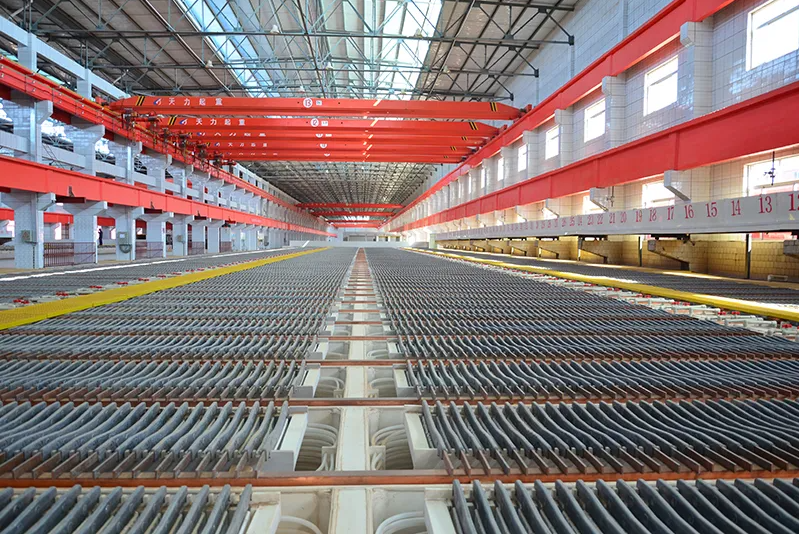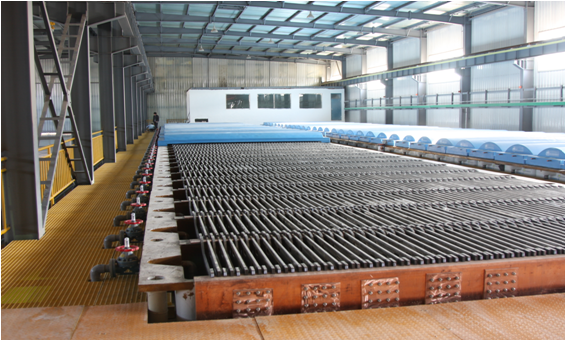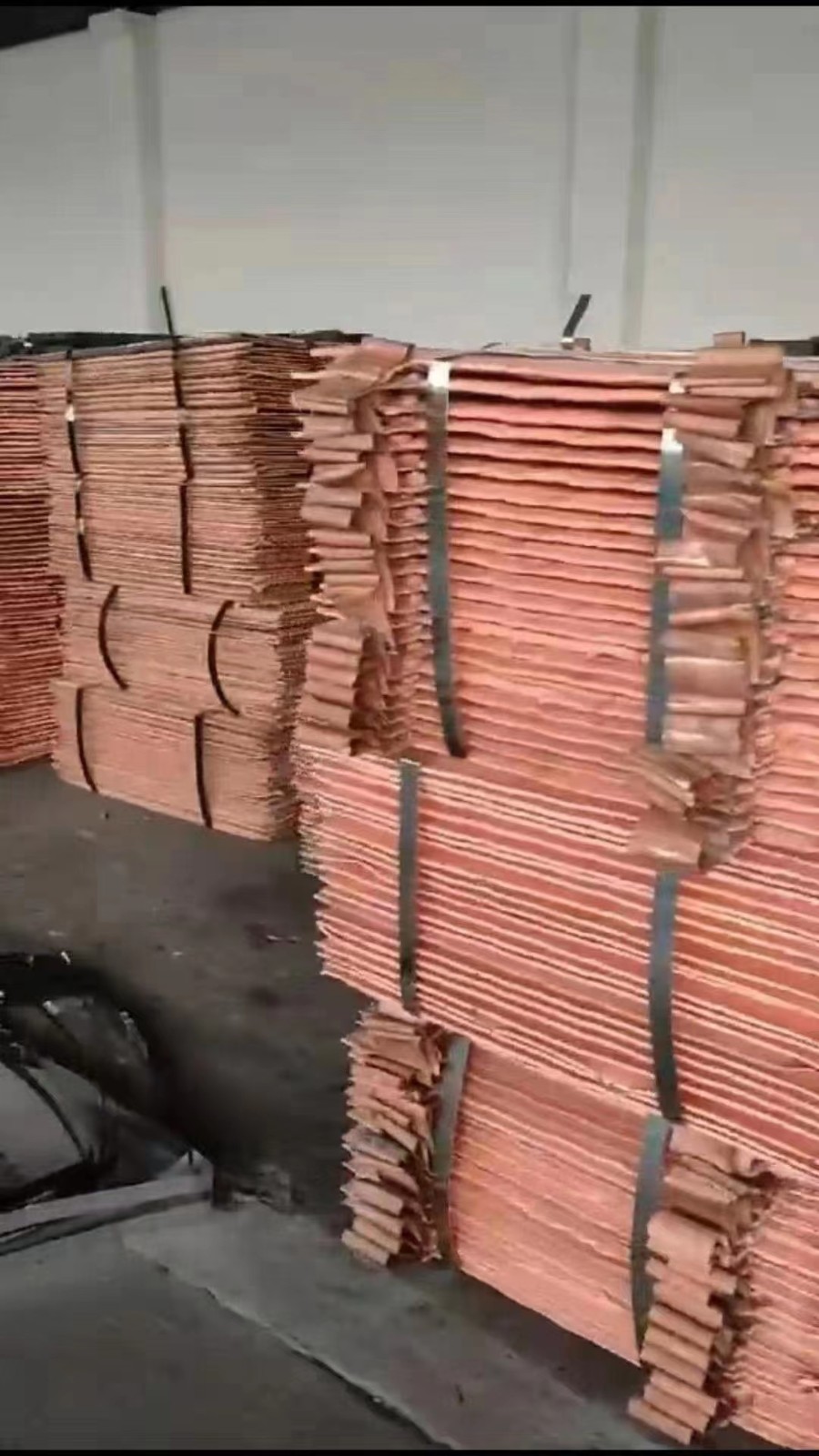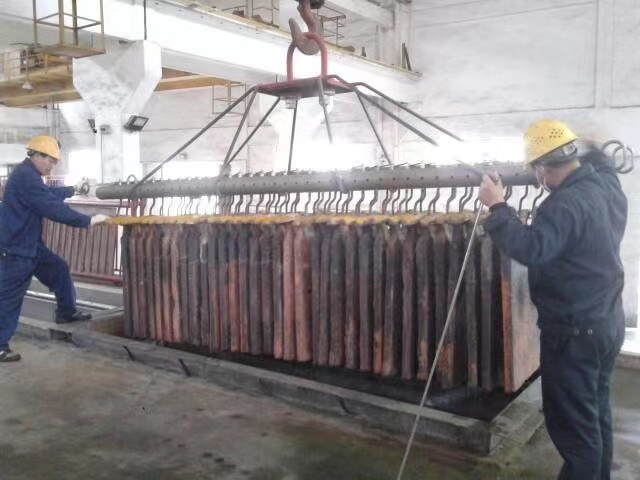How is Electrolytic Cathode Copper Plate Formed?
Electrolytic cathode copper plate, also known as high purity copper cathode or simply copper cathode, plays a crucial role in the modern world. From electrical wiring and electronic components to industrial machinery and infrastructure, copper is indispensable due to its excellent conductivity and durability. The process of producing electro-refined copper results in highly refined copper cathode plates, with a purity level that often exceeds 99.99%, making it ideal for various high-performance applications. But how is an electrolytic cathode copper plate formed? Let's dive into the details of this critical industrial process.
The Initial Stage: Mining and Smelting
The formation of copper cathode starts with the extraction of copper from the earth. Copper ore, often mixed with other minerals, is mined through traditional mining methods like open-pit or underground mining. Once the copper ore is extracted, it undergoes a series of processes to concentrate and purify the raw material. These steps include crushing, grinding, and flotation to separate copper-containing minerals from the waste rock.
The concentrated copper ore is then smelted in a furnace, where it is heated to a high temperature to produce molten copper. This molten copper, often called blister copper, typically contains about 98-99% pure copper, along with other impurities such as sulfur, iron, and precious metals like gold and silver. While blister copper is suitable for some industrial purposes, it must be refined further to meet the stringent standards for electrical and electronic applications, which is where the electro-refined copper process comes in.
The Electrolytic Refining Process
The next stage in forming high purity copper cathode is electrolytic refining, a process that uses electricity to purify copper to its highest levels. This is the step where the electrolytic cathode copper plate is ultimately produced. The electro-refining process takes place in a large tank or cell, filled with a conductive electrolyte solution, typically a mixture of copper sulfate and sulfuric acid.
1.Setting Up the Electrolytic Cell: In the electrolytic cell, two electrodes are placed. The copper cathode serves as the negative electrode, or cathode, while a slab of impure blister copper functions as the positive electrode, or anode. When an electric current is passed through the solution, copper ions are dissolved from the anode and move towards the copper cathode.
2.Copper Deposition on the Cathode: As copper ions migrate from the anode to the cathode, they are deposited onto the surface of the electrolytic cathode copper plate, forming a solid layer of high-purity copper. Over time, these layers build up to create a thick copper plate, known as a high purity copper cathode.
3.Removal of Impurities: While the copper ions are moving towards the copper cathode, impurities in the blister copper, such as sulfur, iron, and other metals, either remain in the electrolyte solution or fall to the bottom of the cell as a sludge. Precious metals like gold and silver, which are often found in copper ores, may also be recovered during this stage.
The result of this electro-refining process is the production of high purity copper cathode plates, which can then be further processed into various forms, such as copper plate, wire, tubing, or other industrial products.
Why Electrolytic Cathode Copper Plates Are So Important
The reason electrolytic cathode copper plates are so critical to many industries is due to their unparalleled purity. With purity levels above 99.99%, electro-refined copper offers superior conductivity, making it essential for applications where electrical efficiency is key. For instance, high purity copper cathode is widely used in the production of electrical wires and cables. The conductivity of copper allows for efficient energy transmission, which reduces power losses and ensures the reliable operation of electrical systems.
In addition to its conductivity, the purity of copper cathode also enhances its malleability, corrosion resistance, and durability. These qualities make copper plates formed from electrolytic cathode copper highly sought after in industries such as telecommunications, electronics, and power generation.
Industrial Applications of Electrolytic Cathode Copper Plate
Once produced, high purity copper cathode is used as the base material for a variety of copper products. The copper plate can be rolled, extruded, or otherwise processed into different shapes and sizes depending on the needs of the end user. Here are some of the primary industrial applications of copper cathode:
1.Electrical Wiring: One of the most common uses of high purity copper cathode is in electrical wiring. Due to its excellent conductivity, copper is the preferred material for residential, commercial, and industrial wiring systems.
2.Power Generation: In power plants and energy distribution networks, electrolytic cathode copper plates are critical for the efficient transmission of electricity. Copper is often used in transformers, motors, and generators, where electrical conductivity and thermal management are essential.
3.Electronics Manufacturing: Copper cathode is a key material in the electronics industry, used in the production of printed circuit boards (PCBs), connectors, and various other electronic components. The purity of electro-refined copper ensures minimal electrical resistance and reliable performance.
4.Construction: Copper's corrosion resistance and durability make it an excellent material for construction purposes. Copper plates are used in roofing, plumbing, and heating systems, where they provide long-lasting performance even in harsh environmental conditions.
5.Automotive Industry: As the demand for electric vehicles grows, so does the demand for high purity copper cathode. Copper's efficiency in electrical systems is crucial for the development of batteries, motors, and charging infrastructure in electric vehicles.
Environmental and Economic Impacts of Copper Refining
The production of electrolytic cathode copper plates also has important environmental and economic implications. Electro-refined copper is a critical material in the renewable energy sector, used in solar panels, wind turbines, and other green technologies. The efficient use of copper cathode can help reduce carbon emissions by improving energy efficiency in these systems.
Moreover, the recycling of copper is another significant aspect of the copper refining industry. Scrap copper can be reprocessed into new copper cathode plates through the same electrolytic refining process, reducing the need for mining new copper ores and minimizing environmental impact.
Economically, copper is a valuable commodity traded on global markets, and the demand for high purity copper cathode continues to rise. This growing demand is driven by technological advancements, infrastructure development, and the increasing need for renewable energy solutions.
The Future of Electrolytic Cathode Copper Plate Production
As industries across the globe continue to evolve, the role of electrolytic cathode copper plates will only become more prominent. Innovations in electro-refined copper production are focused on improving efficiency, reducing environmental impact, and meeting the rising global demand for high-quality copper materials. Researchers are exploring new methods to enhance the electro-refining process, making it more sustainable and cost-effective.
In addition, the transition to cleaner energy sources will likely lead to increased demand for copper cathode in applications such as electric vehicles, renewable energy infrastructure, and advanced electronics. As a result, the production and refinement of high purity copper cathode will remain a cornerstone of the global economy.
Conclusion
The formation of an electrolytic cathode copper plate is a complex but efficient process that results in one of the most important industrial materials today: high purity copper cathode. Through the electro-refined copper process, we obtain a material with unmatched conductivity, durability, and versatility. From power generation to electronics, and from construction to automotive manufacturing, copper cathode continues to power the modern world. As industries innovate and new technologies emerge, the demand for copper plates formed from electrolytic cathode copper will only continue to grow.





